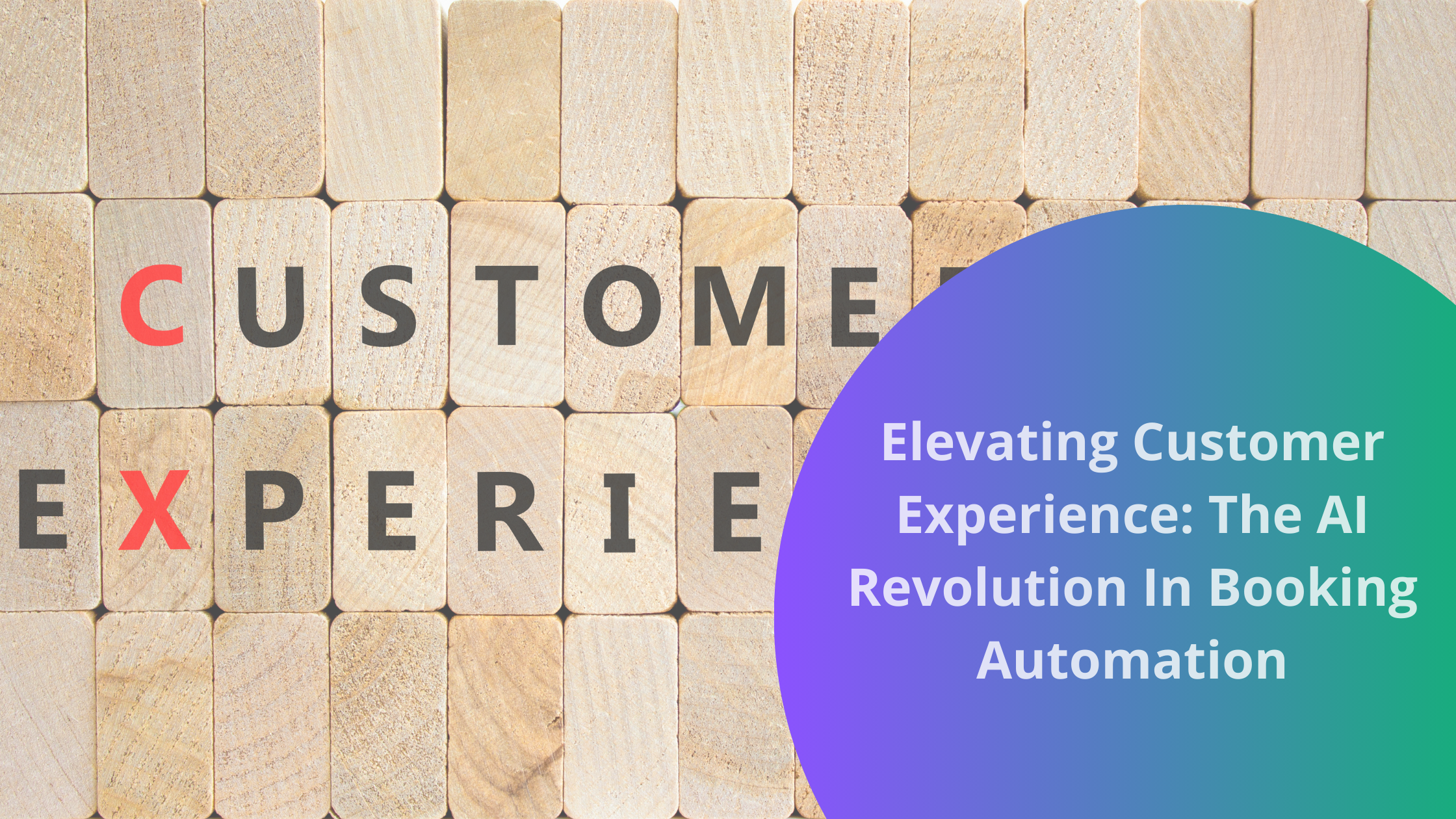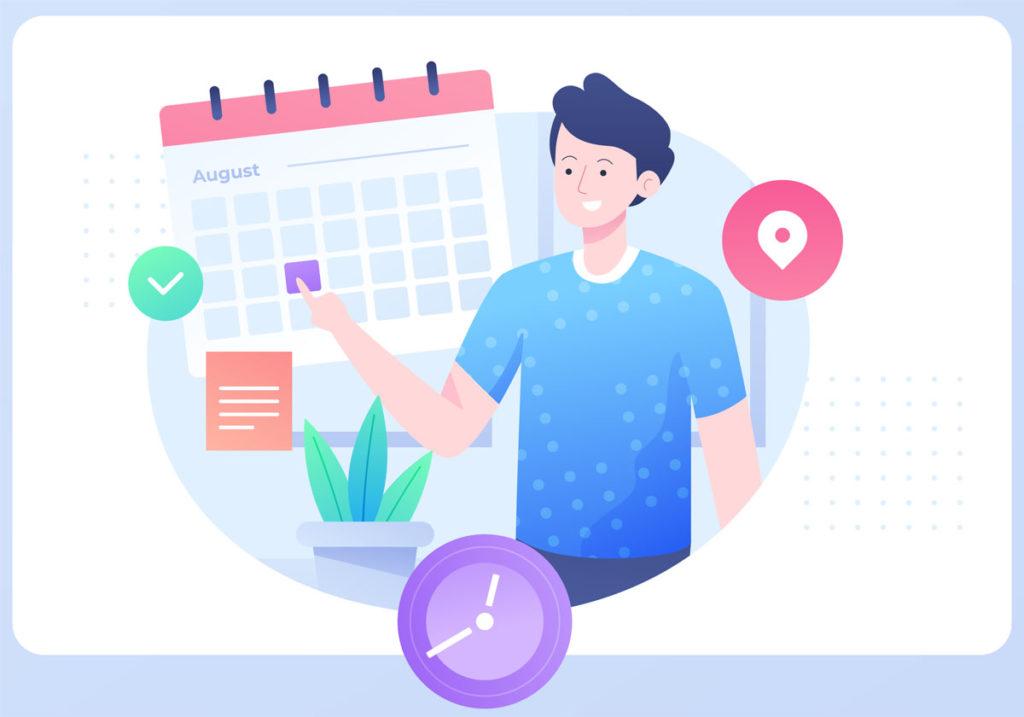Time and again, cold emailing has proven itself to be the king of lead generation. If it gets a bad rap, that’s because of the mass-produced, garden-variety emails that get sent by the thousands every day. These emails take the hard-sell approach, are not personalized and reek of unoriginality. To no one’s surprise, they often don’t make it out of the spam folder, and if they do, they have appalling response rates.
But for a second, consider another type of cold outreach campaign. One where emails are personalized on the basis of a lead’s background. Where the copy doesn’t try to shove a product or service down the reader’s throat. The kind of emails that offer value. Every. Single. Time. This type relies on careful relationship building and personalized outreach, two things that require you to invest time.
And when you give value, you get value. Carefully planned cold emailing campaigns with the proper sequencing can get you an ROI of 3800%. But these can be tricky to master. So if your cold outreach campaign isn’t going all that well, take a look at these common mistakes you might be making:
1. Building an irrelevant email list
There are two ways you could be doing this wrong.
One: You bought your email list. Now it’s chocked full of the email addresses of anyone and everyone with the slightest connection to your industry.
Two: You painstakingly built your own email list over the years but the last time you cleaned it was…? That’s right, never. (More on that in Reason 2)
The end result is that you now have a bloated list of people who have little to no interest in what you have to offer. There’s really no upside to that. It can get you in trouble with the law if harvested illegally. And with Email Service Providers (ESPs) that think you’re a spammer. It also keeps your engagement rates low.
On the other hand, if you use segmented pop-ups, landing pages, and networking to generate leads, you can build an organic email list. That’ll help you launch targeted campaigns that not only enjoy high engagement, but also give you a great ROI.
2. Not Verifying Prospects’ Contact Details
People move companies and discard old email addresses all the time. Quite a few of the email addresses in a list become dead each year and have to be scraped off. If you send emails to these dead/defunct addresses, it’ll damage your open and click-through rates. Not to mention distort campaign data.
If you verify an email address before sending out your emails, it automatically improves your deliverability and reduces bounces. The best part is that it’s not at all complicated. All you have to do is enter your prospect’s contact details in the email verifier and it’ll tell you if the address is still functional.
A healthy email list doesn’t just save you money. It keeps your average bounce rate in check, and your sender reputation clean. It makes your campaign data instantly more valuable because of the genuine responses it generates.
3. Sending Too Many Emails At Once
When you use a new address to send bulk emails, they get marked as spam by ESPs that doubt your credibility. This leads to high bounce rates and, if it continues, a total blacklisting of your domain. A sudden spike in emails sent from an inactive address could also have similar results.
An email or domain warm-up is when you gradually increase your outreach to email more and more recipients, either manually or through automation. When these recipients open your emails, respond to them, move you from Spam or Promotions into their inbox, it wins you brownie points with ESPs.
Patience is key here. Start out small, and send emails in small batches every day. Keep upping the number every week till you’ve reached your intended outreach goal, and you’re good to go. A solid sender reputation improves your cold email deliverability rate and keeps your emails away from the dreaded spam folder.
4. Using Spam Trigger Words In Your Email Copy
Remember whack-a-mole? That game where you aimed your mallet at every mole that dared to pop up from its hole? That’s exactly what spam filters do when they spot certain trigger words. And the last thing you want is for your precious email to be whacked to the spam folder because of these triggers.
You’ve probably come across lists of hundreds of spam trigger words to avoid in your emails. These lists are extensive, and it can be difficult to completely avoid any overlap. It’s probably a good time to tell you that the use of spammy language alone doesn’t land you in spam. As spam filters become smarter, they increasingly measure other metrics like engagement rates along with trigger word-usage to determine if your email is indeed spam.
Sending emails from an authenticated domain with set reporting protocols proves to be useful in such cases. The key, however, is to ensure that your email copy is effective, i.e., it offers value and is personalized. It shouldn’t be over-promising, or over-sensationalized.
5. Using Misleading Subject Lines
Your subject line is the first point of contact between you and your prospective customer. There’s a lot of pressure to be creative, witty, and relevant, all in under 60 characters. And some marketers rise (or sink) to the challenge by, well, lying.
For example, an email with ‘RE’ or ‘FW’ in the subject line might trick users into opening the email. But on finding out it is not, in fact, in continuation to a previous line of correspondence, an annoyed customer might mark it as spam.
If this subject line-email copy mismatch happens enough times, it is bound to affect your deliverability rates. It’s also illegal and leaves a bad aftertaste when it comes to consumer experience. So we suggest you steer clear.
Instead, try to create a sense of urgency with impactful subject lines like:
- Last chance to solve {company’s pain point}
- Clock’s ticking, {Prospect’s name}
- Uh-oh. You’re about to miss {offer}
Or ask a question.
Personalizing your subject line with your prospect’s name, or their company’s name can boost open rates by about 26%.
6. Not Sending Follow-ups
Doing cold outreach is a tough, demanding, not always rewarding task. But a lot of marketers give up too soon.
Especially considering that sending just one follow-up can boost your open rates by 65.8%.
We know what you’re thinking – if one follow-up can get you those results, why not send ten emails? A hundred?
Well, because in the world of cold email marketing, less is more, so avoid overdoing it and sending more than two follow-up emails.
A follow-up email or emails is all that stands between you and the ROI of your dreams. Shouldn’t you then be busy creating a personalized and well-planned sequence for them? The bottomline is, if they’re worth emailing once, they’re worth following up on.
Switch up your strategy by including testimonials or social proof in one email. Try approaching their pain point from a different perspective in another. Whatever the angle, your emails have to add value instead of just acting as simple reminders.
7. Not Personalizing Your Email Copy
Statista pegs the average email count for 2022 at 333 emails per day. That’s a lot of clutter. So it’s no wonder that 72% of consumers refuse to engage with a brand unless it sends personalized messages.
If you think personalization means cookie-cutter templates with a first name merge tag, think again. This is the first time your prospect is hearing from you. Your professional email has to offer them at least a glimpse of the value you can provide.
You can’t write a custom email for everyone on your list, but you can segment your emails (based on customer types, location, time, age, interests) and automate them according to customer actions. You also need to factor in the buyer persona. And don’t forget to add a professional email signature template on your email to create a positive association with yourself and the business you represent.
Reach out to prospects with constructive feedback on their website or functioning style. Or a warm compliment about a recent achievement or a blog post, like this template here:
Personalize your opening line by mentioning a mutual contact, or asking a question. Maintain the connection by including specific details about their company’s pain points. Be genuine and sincere, not sales-y and gimmicky, and let the results speak for themselves.
8. Adding Attachments And Too Much Visual Content
No one likes cold emails that go on and on. Using attachments in your cold emails is a great way of keeping your email copy crisp and boosting engagement by providing details you couldn’t include in the body. If you’re sending them from a warm domain and to a single prospect or a select group of them, they could be great value-adds. But using them in mass outreach campaigns can cause problems with deliverability.
Mass outreach emails from non-warmed up domains can get marked as spam by Internet Service Providers and ESPs if they contain attachments. A better approach would be to either send a link or ask for the recipient’s permission before you send the file.
Spammers often use images in place of text to bypass filters. So image-heavy emails too can attract unwanted attention from sensitive spam triggers. Besides, ESPs often turn images off or block them by default. So most of your recipients won’t see the images in your email unless they turn on the image display option.
Images, especially personalized ones, in emails result in better ROI.
But you should balance your visual content with text so that recipients can understand the general idea even without images. In fact, cold emails with 4 or more sentences enjoy a 15x higher success rate. Just don’t forget to optimize images for mobile users.
Conclusion
If your cold emails aren’t generating enough leads, the reasons mentioned above are probably why. You already know how incredibly effective cold emailing can be, that’s why you’re still trying. But poorly planned and executed outreach campaigns will do your business more harm than good.
Now that you know a successful cold outreach campaign isn’t a distant dream, optimize your cold outreach campaign by avoiding these pitfalls. Be creative and consistent in your approach, send follow-ups, and wait for the magic to happen.https://easydmarc.com/tools/dmarc-lookup




